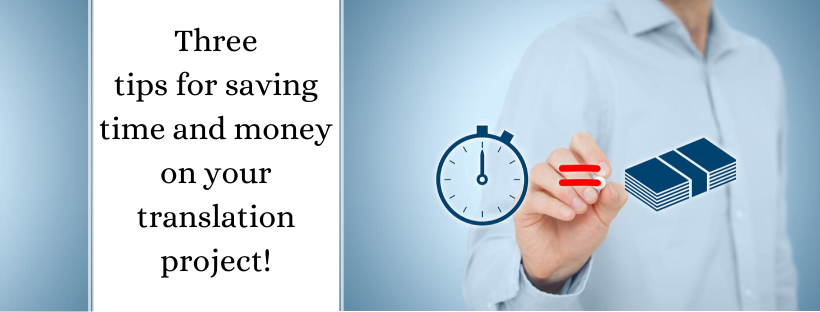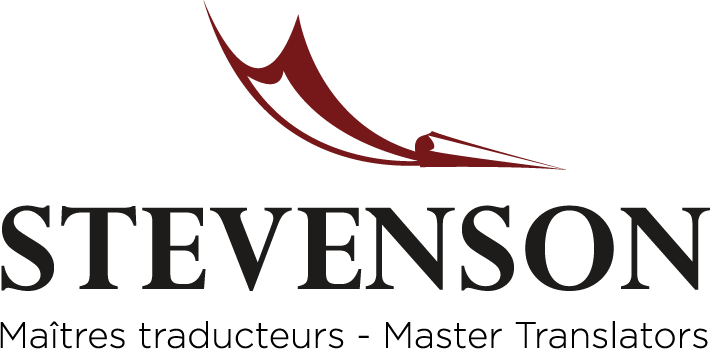
Three tips for saving time and money on your translation project!
Imagine you have a guide, leaflet, or manual that is 2, 50, or 300 pages long and you would like to have it translated. The goal is to both get the best value for your money and ensure the most effective use of your time. Well, you have a lot to gain by entrusting the job to a translation company, a certified one at that, and maybe it is best to avoid giving it to a friend or relative who only devotes their spare time to the art.
As you are aware, every language has its own code, its own set of rules, and its own sense of humour. Every language conjures up its own unique world. So contrary to using your friend who might be able to translate for you, experienced translators are the better option since they are used to picking up double meanings, innuendos, and social or cultural references, and they know the tricks of the trade to adapt them to the target language. There’s a good reason why translation is taught in universities: Just like with any other profession, it requires training.
Here are some of the best tips to save time and money on a translation project:
Schedule a period of time for the translation of your document
Clearly, technology has revolutionized the translation services market, but it has also led to unrealistic client expectations. An efficient translator will translate 2 to 3 single-spaced pages in a normal work day and will dedicate full attention to the details of the tproofreadingext (social or cultural references, plays on words, standardized formulations, turns of phrase, grammar, agreements, etc.). A proficient translation service will provide you with a three-step process (translation, comparative editing, and ). Completing a translation of 2 to 3 pages in less than a day requires dividing the work among several translators. If you allocate a reasonable amount of time to the translation, editing and proofreading process, it will be reflected with a final result of the highest quality.
Make sure the copy you have for your translator is the latest revised version of your text
You will save on cost and time if your translator is not burdened with additional modification requests while the piece is being translated. If you have to send modifications, make a list when they are completed on your side and forward them to the translator. This way, you will be certain to have an identical product in both languages.
Ensure that the translator is working in the same software program as the graphic designer
Let’s say the text has been translated into Portuguese and the graphic designer doesn’t speak this language. It would be next to impossible for the designer to enter the text in the correct places and to accentuate the right words (underlining, bold, italics). Everyone wins when translators are able to work in the same software program and can directly replace the text within the application.
Having your project evaluated by a translation specialist is by far the best approach. A specialist will be able to tell you the amount of time to allocate for this version of your project. A translator will also have the skills to detect any ambiguities or irregularities in the original text, should these situations arise. Don’t waste time copying and pasting from Word to InDesign. Ask your translator to directly translate within this program or to at least review the final version before it’s sent out for printing or posted on your website.


Leave a Reply